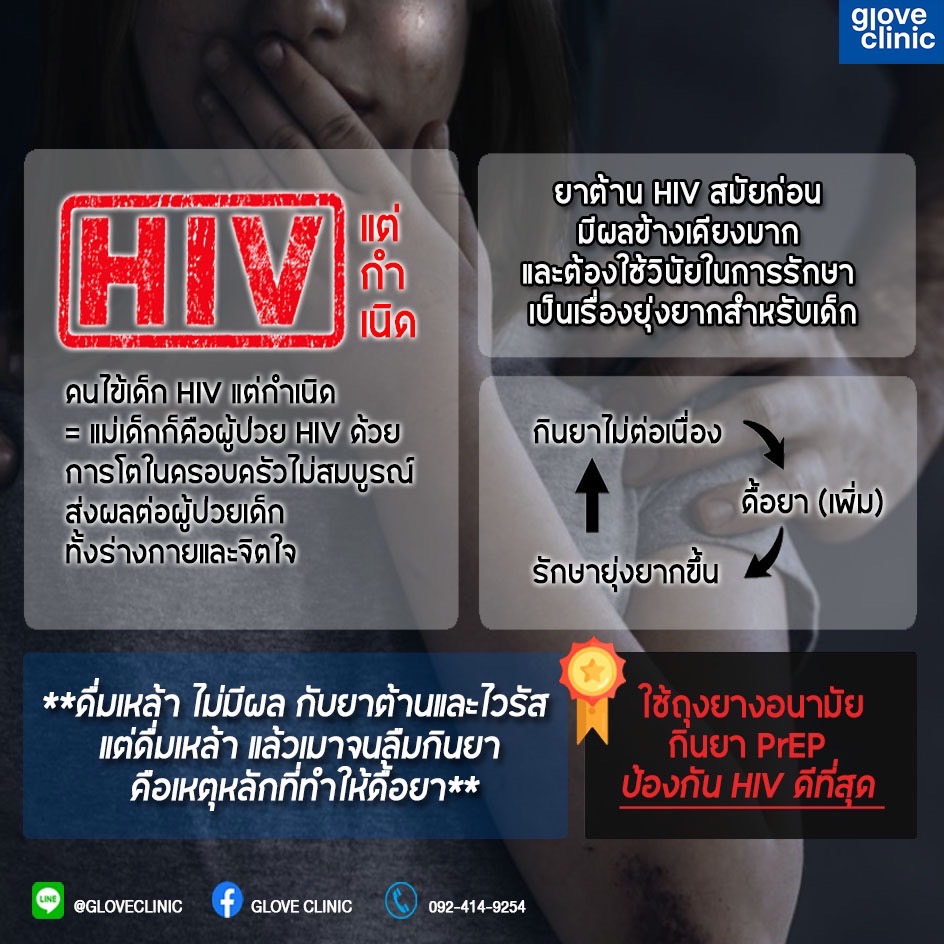294/1 Asia Building (11th Floor), Phyathai, Bangkok
Pre-Exposure Prophylaxis (PrEP)
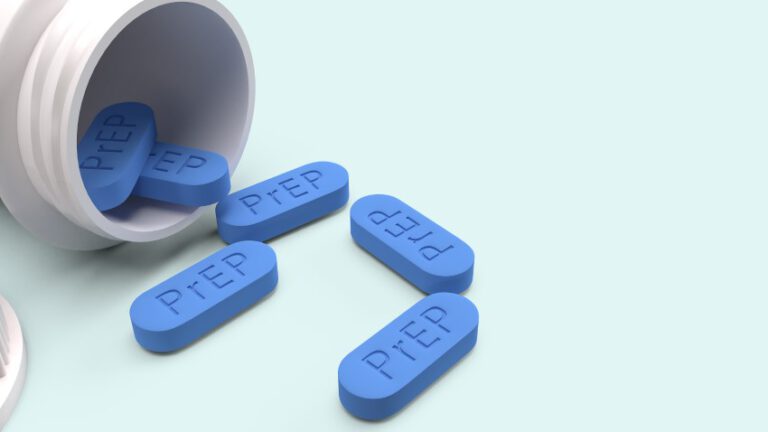
What is PrEP?
PrEP stands for pre-exposure prophylaxis. The word “prophylaxis” means to prevent or control the spread of an infection or disease. PrEP is when people who don’t have HIV but who are at risk of getting HIV take HIV medicine every day to reduce their chances of HIV infection. If a person is exposed to HIV through sex or injection drug use, having the PrEP medicine in the bloodstream can often stop HIV from taking hold and spreading throughout the body. However, if PrEP is not taken every day, there may not be enough medicine in the bloodstream to block the virus.
Who should consider taking PrEP?
PrEP is for people who don’t have HIV but who are at risk of getting HIV through sex or injection drug use. Specifically, the Centers for Disease Control and Prevention (CDC) recommends that PrEP be considered for people who are HIV negative who have had anal or vaginal sex in the past 6 months and:
– have a sexual partner with HIV (especially if the partner has an unknown or detectable viral load), or
– have not consistently used a condom, or
– have been diagnosed with a sexually transmitted disease (STD) in the past 6 months.
PrEP is also recommended for people who inject drugs and:
– have an injection partner with HIV, or
– share needles, syringes, or other equipment to inject drugs.
PrEP should also be considered for people who have been prescribed non-occupational post-exposure prophylaxis (PEP) and:
– report continued risk behavior, or
– have used multiple courses of PEP.
How well does PrEP work?
PrEP is most effective when taken consistently each day. CDC reports that studies have shown that consistent use of PrEP reduces the risk of getting HIV from sex by about 99% and from injection drug use by at least 74%. Adding other prevention methods, such as condom use, along with PrEP can reduce a person’s risk of getting HIV even further.
Does PrEP cause side effects?
In some people, PrEP can cause side effects, such as nausea. These side effects aren’t serious and generally go away over time. If you are taking PrEP, tell your health care provider if you have any side effect that bothers you or that does not go away.
What should I do if I think PrEP could help me?
If you think you may be at risk for HIV and that you might benefit from PrEP, talk to your health care provider. If you and your health care provider agree that PrEP may be a good choice for you, the next step is an HIV test to be sure you don’t already have HIV. If you are HIV negative and additional tests show that PrEP is likely safe for you, your health care provider can give you a prescription for PrEP.
What happens once I start PrEP?
Once you start PrEP, you will need to take PrEP every day. Studies have shown that PrEP is much less effective if it is not taken every day.
Continue to use condoms while taking PrEP. Even though daily PrEP can greatly reduce your risk of HIV, it doesn’t protect against other STDs, such as gonorrhea and chlamydia. Combining condom use with PrEP will reduce your risk of HIV even further, as well as protect you from other STDs. You must also take an HIV test every 3 months while taking PrEP, so you’ll have regular follow-up visits with your health care provider. If you are having trouble taking PrEP every day or if you want to stop taking PrEP, talk to your health care provider.
Reference : https://aidsinfo.nih.gov/understanding-hiv-aids/fact-sheets/20/85/pre-exposure-prophylaxis–prep-
Make Appointment





Relate content :

HIV Test: Everything You Need to Know for Your Health at Glove Clinic
Worried about HIV symptoms? Find out where to get an HIV Test, understand results, and learn about HIV Treatment options. Get confidential STD testing at Glove Clinic.
Your Guide to Sexual Health Clinics: Everything You Need to Know
Are you seeking information about sexual health clinics? Whether you're looking for routine check-ups, specific treatments, or simply want to learn more about your sexual health, this blog post is here to guide you. We'll discuss what sexual health clinics are, how to choose the right one, and provide a spotlight on sexual health clinics…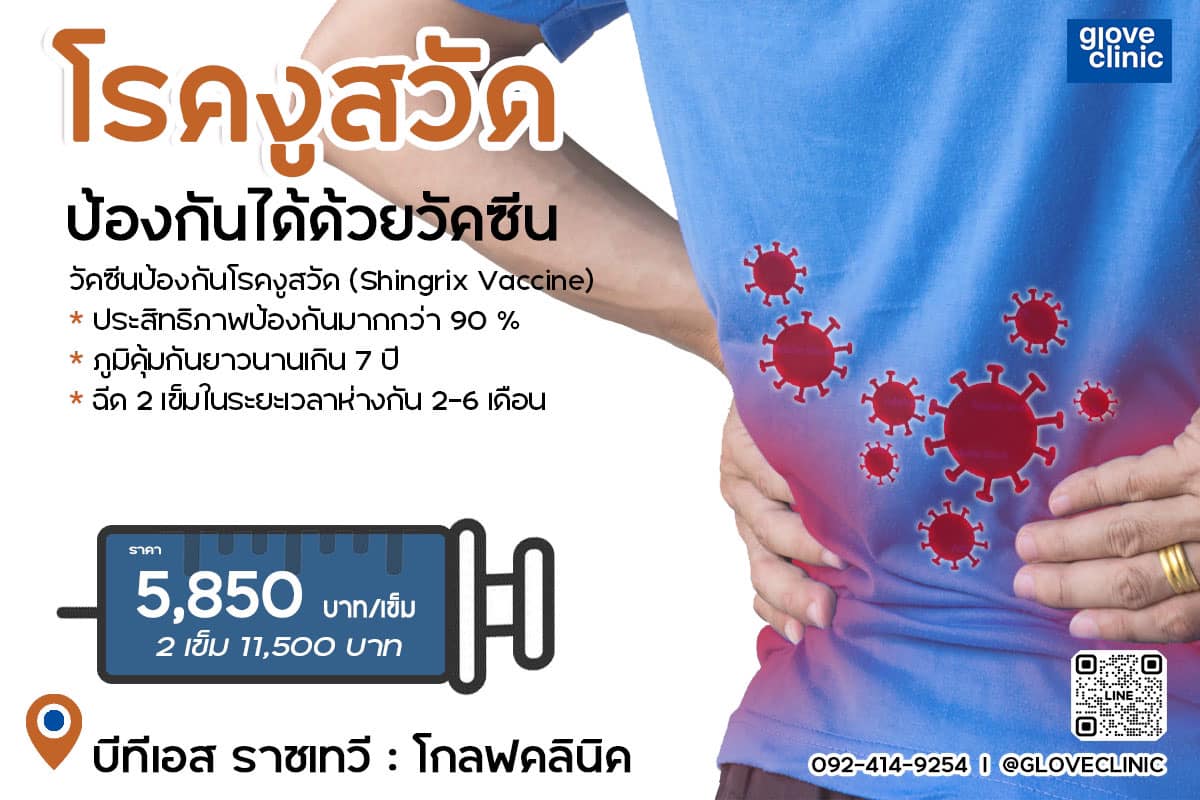
ฉีดวัคซีนงูสวัดที่ glove clinic
งูสวัดคือไวรัสชนิดหนึ่ง (Herpes zoster) ซึ่งเป็นเชื้อไวรัสตัวเดียวกันกับอีสุกอีใส (Varicella zoster) เมื่อเราติดเชื้อไวรัสอีสุกใสในวัยเด็กแล้ว ไวรัสสามารถที่จะหลบซ่อนได้ในร่างกายเป็นเวลานานหลายปี จนกระทั่งเมื่อร่างกายอ่อนแอ ไวรัสนั้นจึงออกมาทำให้เกิดอาการตุ่มน้ำใส ปวดแสบร้อนตามบริเวณที่เส้นประสาทต่าง ๆ ของร่างกายซึ่งเรียกกันว่างูสวัด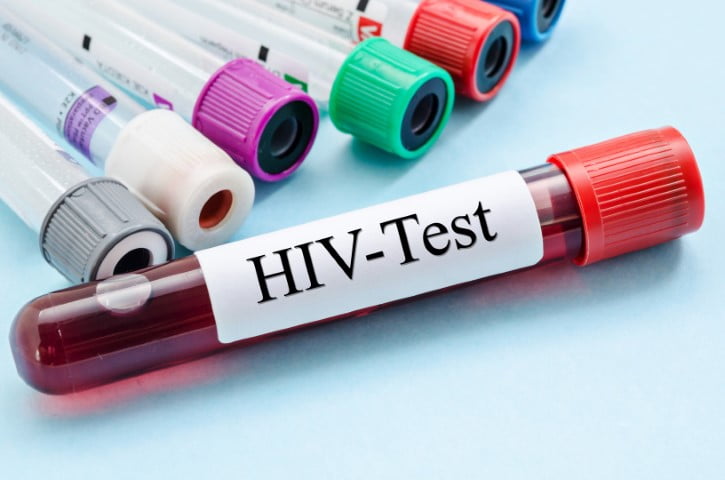
ตรวจ HIV รีวิวความรู้สำหรับการตรวจเอชไอวี (HIV test)
เอชไอวีคือไวรัสที่สามารถติดต่อได้จากการมีเพศสัมพันธ์, การใช้เข็มฉีดยาร่วมกัน, และการติดจากแม่สู่ลูก เมื่อติดเชื้อไวรัส HIV ไวรัสจะทำให้ภูมิคุ้มกันของร่างกายอ่อนแอลง และติดเชื้อโรคอื่น ๆ ได้ง่าย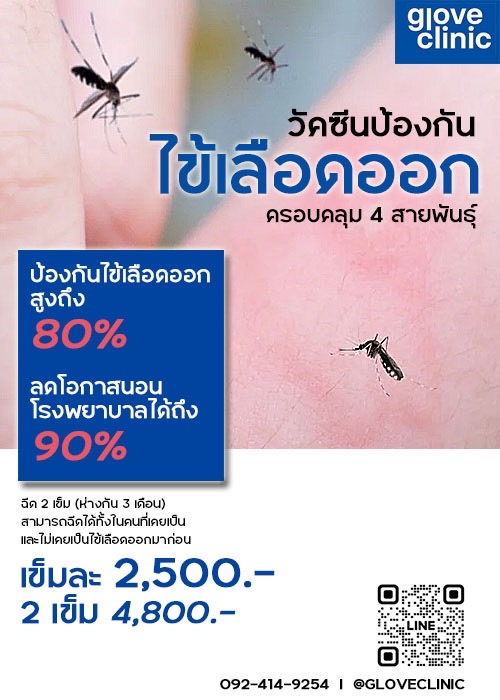
ปีนี้มีคนไข้ป่วยด้วยไข้เลือดออกมากกว่า 2-3 ปีที่ผ่านมา
เนื่องจากว่าผู้คนกลับมาใช้ชีวิตปกติ มีการเดินทาง จึงพบการระบาดมากขึ้น โดยจากสถิติของกรมควบคุมโรคพบว่ามีผู้ป่วยด้วยไข้เลือดออกในประเทศไทยเกินกว่า 60,000 รายไปแล้วทั้งปี 2566 ไข้เลือดออกเป็นโรคที่ก่อให้เกิดความรุนแรงได้ทั้งในเด็กและผู้ใหญ่ โดยเฉพาะอย่างยิ่งในคนที่เป็นซ้ำครั้งที่ 2 จะมีโอกาสเกิดภาวะช๊อคและเสียชีวิตได้มากขึ้น (โอกาสเสียชีวิตอยู่ราว ๆ 1:1,000) วัคซีนไข้เลือดออกรุ่นใหม่สามารถครอบคลุมได้ทั้ง 4 สายพันธุ์และทั้งนี้ผลการศึกษาพบว่าช่วยป้องกันการติดเชื้อได้ถึง 80% และลดโอกาสการนอนโรงพยาบาลได้ถึง 90% นอกจากนี้ยังสามารถฉีดได้ทั้งในคนที่เคยและไม่เคยเป็นไข้เลือดออกมาก่อน (วัคซีนไข้เลือดออกรุ่นเก่าไม่ควรฉีดในคนที่ยังไม่เคยเป็นไข้เลือดออก) สอบถามข้อมูลเพิ่มเติมเรื่องวัคซีนไข้เลือดออกได้ที่ 092-414-9254, Line Official @gloveclinic (มีแอดข้างหน้า)